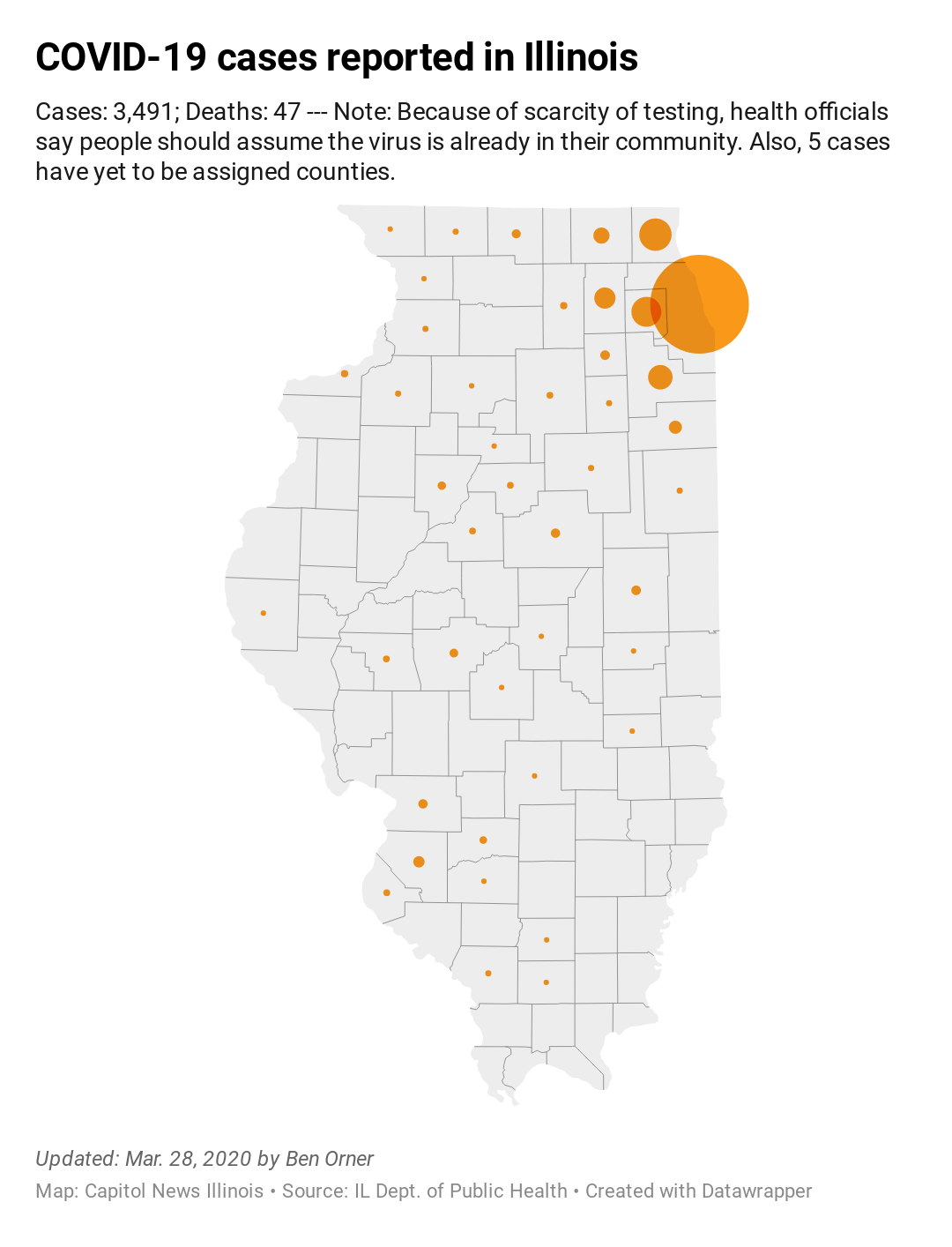

Food and agriculture: Processing, plants, veterinary health, livestock services, animal care.Education: Teachers, principals, student support, student aids, day care worker.First responders: Fire, law enforcement, 911 workers, security persPDonnel, school officers.Frontline essential workers, which means "residents who carry a higher risk of COVID-19 exposure because of their work duties, often because they are unable to work from home, and/or they must work closely to others without being able to socially distance.Here's a look at those who already qualified under Phase 1B: That's in addition to the health care workers and long-term care facility staff and residents who qualified in Phase 1A of the state's rollout as well as the frontline essential workers and residents age 65 and older who were eligible at the start of Phase 1B, which included more than 3.2 million Illinois residents. The expansion applies to those 16 and older who weren't otherwise covered in previous eligibility categories, the state said, adding that it plans to work with local health departments and other providers as eligibility increases. The state later adding smoking to the list of "eligible conditions." Immunocompromised State from a Solid Organ Transplant.COPD (Chronic Obstructive Pulmonary Disease).The list of qualifying high-risk medical conditions (which is subject to change) includes: 25, the state plans to increase eligibility for Phase 1B to include people with certain underlying conditions and comorbidities.
#Covid illinois 1b plus#
Who Will Be Eligible Under Phase 1B Plus and When?īeginning Feb. Sign up for the weekly Chicago Catch-Up newsletter here.

Please note: due to the Updated COVID-19 Case Definition Clarification and Guidance released by The Illinois Department of Public Health, those who are re-infected with COVID-19 after 09/01/21 are represented twice in the data below (once for the first positive case, and once for the second positive test, after 09/01/21).Feeling out of the loop? We'll catch you up on the Chicago news you need to know. For staff data, the information is dependent on what information the Department receives.) It is provisional and may contain errors or omissions. (The information presented here is updated periodically during the COVID-19 public health emergency. "Recovered patients, residents, and students" are those for whom (i) there has been at least 14 days since their initial positive test or symptom onset, and (ii) they have been without any COVID-19 symptoms, including fever (without the use of fever-reducing medication), for at least 72 hours. The "staff returned to work" information presented below indicates how many staff previously out of work due to COVID-like illness or a positive COVID-19 test have been cleared to return to work. Nevertheless, regardless of whether an employee has been working on-site or remotely, we are associating them, below, with their pre-COVID-19 physical work site. Many of these locations have been closed for some or all of the Governor's Stay at Home executive orders and their staffs have been working or on call, remotely. We have also been tracking positive cases for the staff at our non-24/7 locations, including local offices, administrative offices, and schools. We have been tracking positive cases of COVID-19 in our facilities, testing residents and patients who display symptoms or have been exposed to those who have symptoms and isolating and treating anyone who is symptomatic or who tests positive for the virus. We are taking every precaution at these facilities but given the highly contagious and persistent nature of COVID-19, as well as the close, hands-on approach that our healthcare services require, even with all staff wearing personal protective equipment, the virus can find ways to spread. IDHS has 14 residential and hospital facilities that serve Illinoisans with developmental disabilities (7) and mental health needs (7). The COVID-19 pandemic has been a challenge for all of us and we are working around the clock to bend the curve and to slow the spread of the virus while continuing to fulfill our mission. The health, safety, and care of people throughout our state is our top priority. (Total Staff/Resident/Patient census numbers based on 06/30/22 reporting) The final report data will be archived and available on the IDHS website. The final cumulative report will be May 9, 2023. We will continue to publish the COVID tracking data for the State Operated Developmental Centers (SODC's) and the State Operated Psychiatric Hospitals (SOPH's). After 3 years of reporting on the number of COVID cases and deaths, IDHS is ending its Cumulative COVID data gathering operations.


 0 kommentar(er)
0 kommentar(er)
